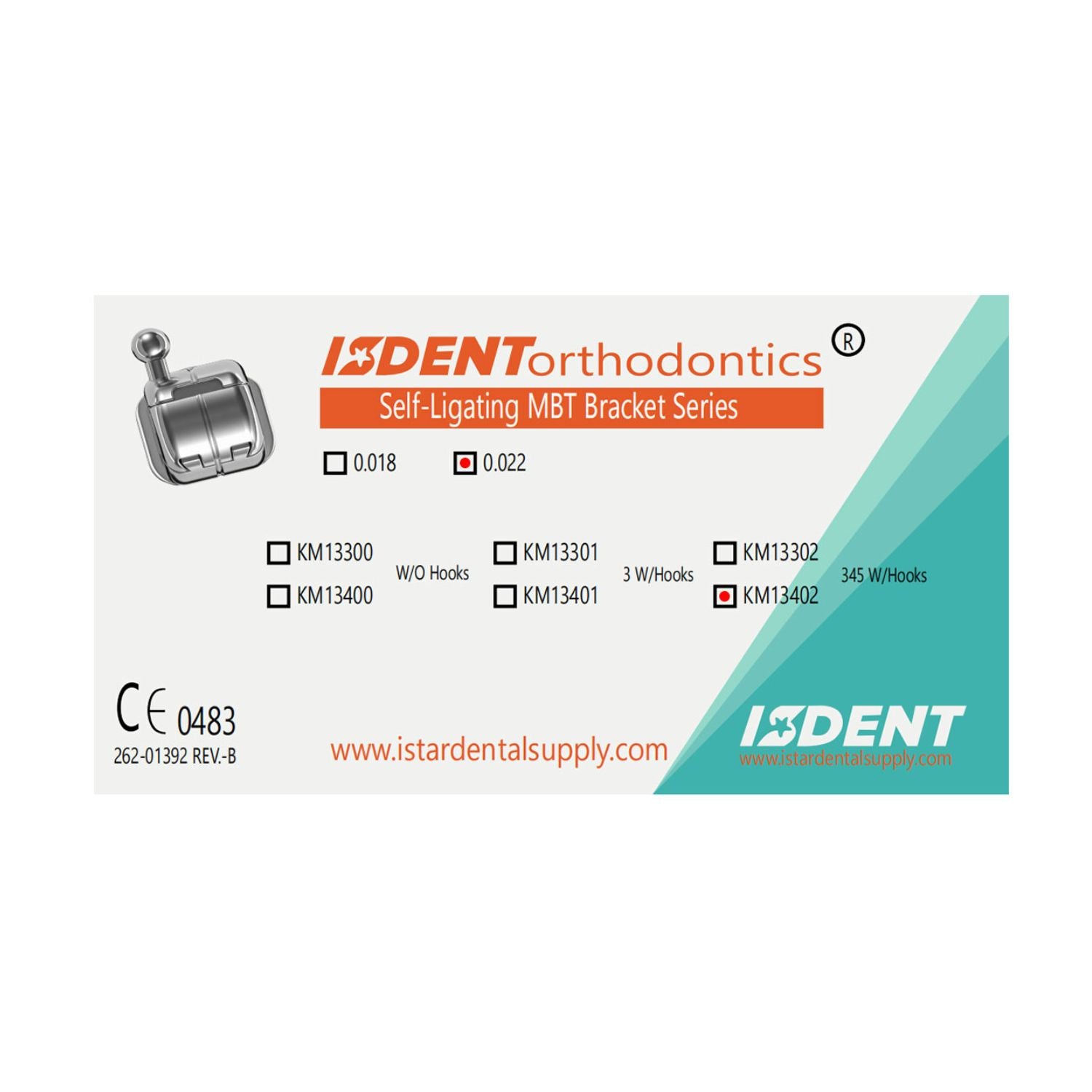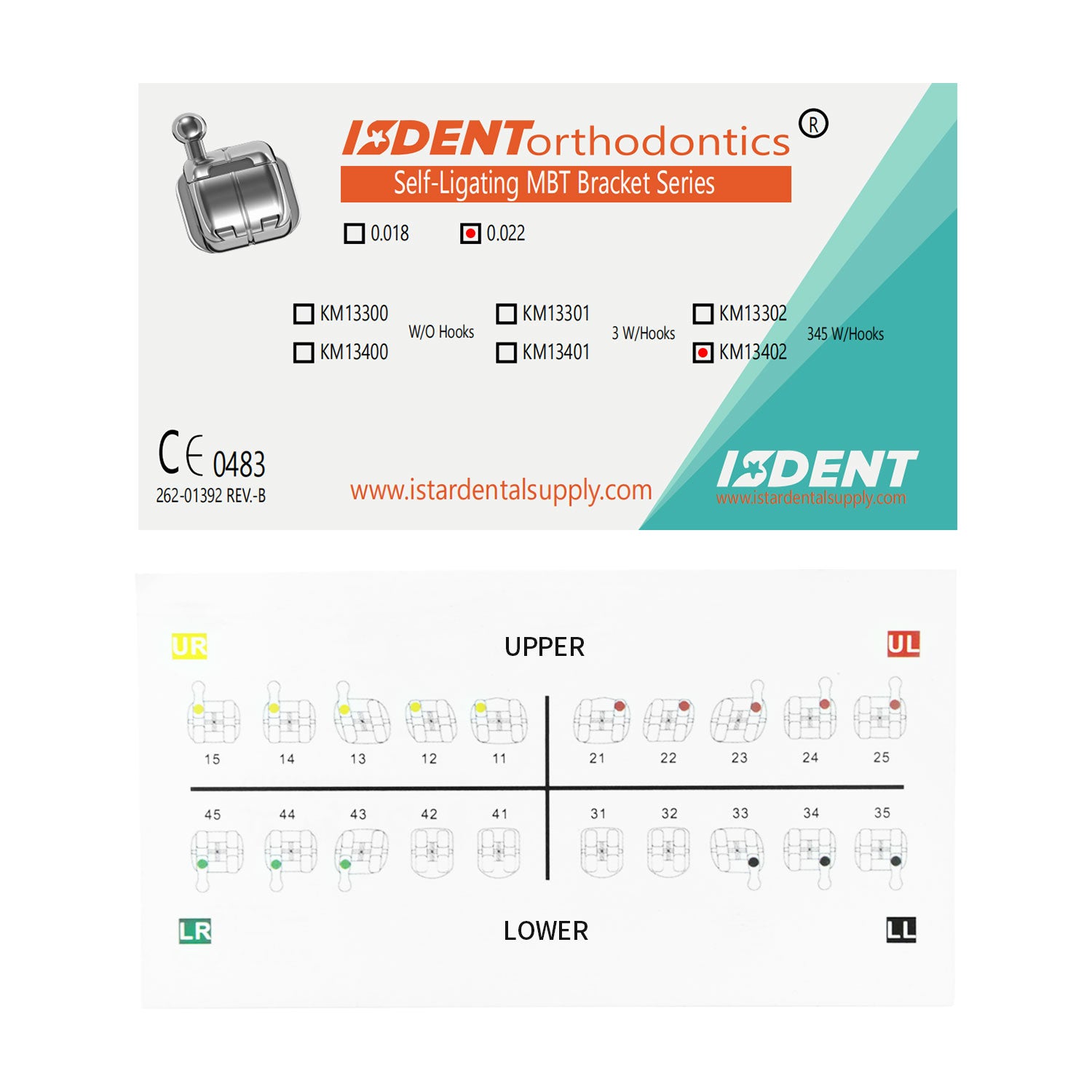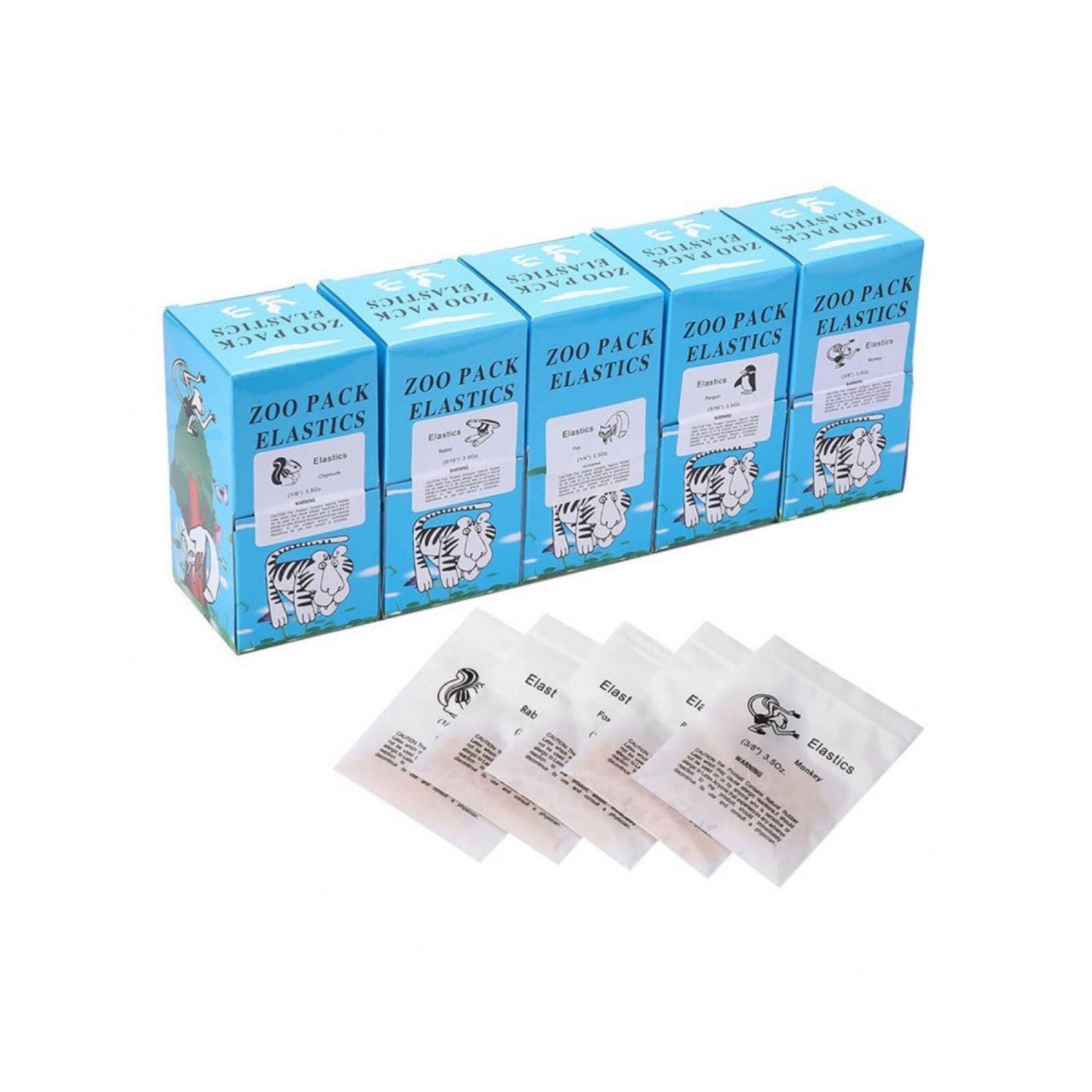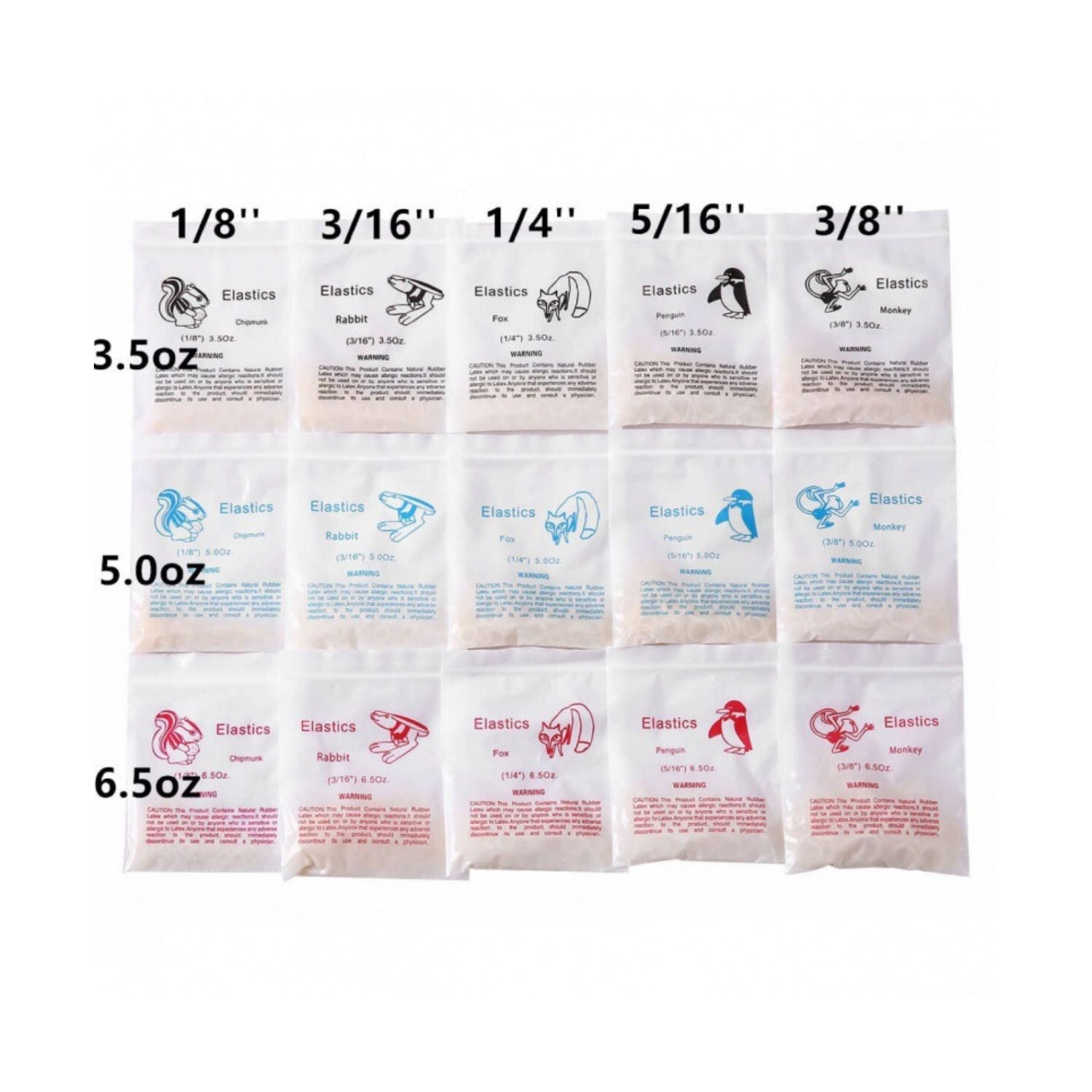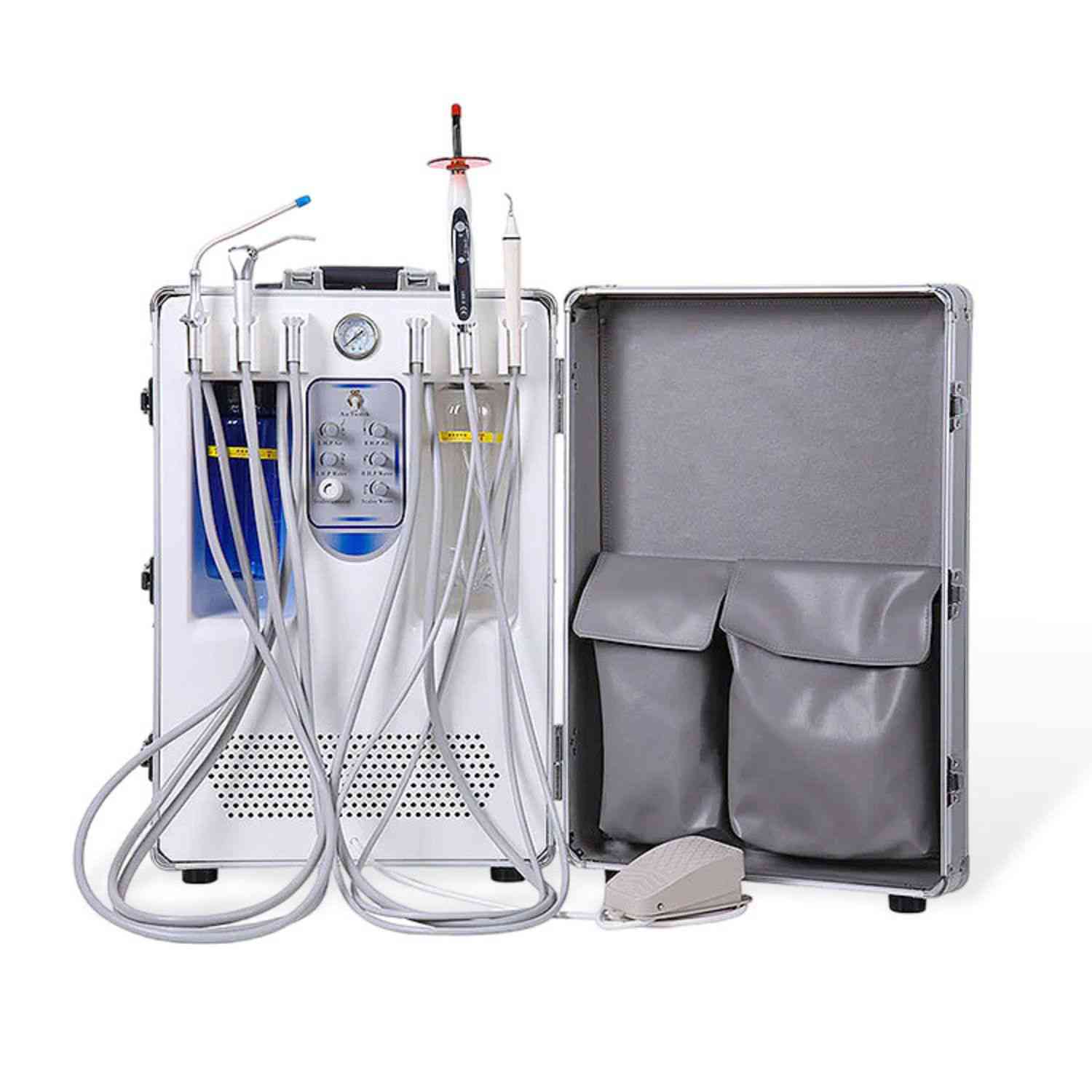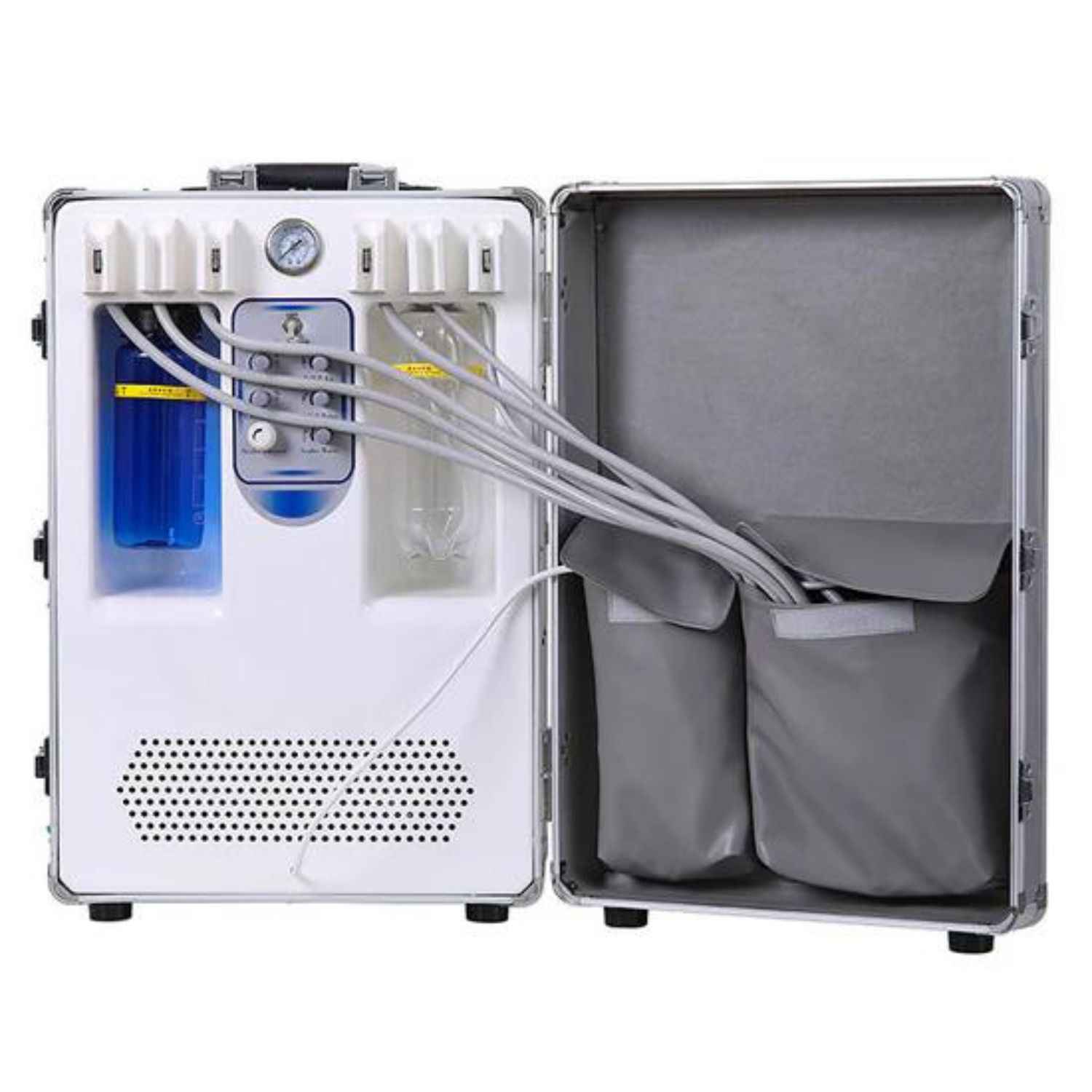My Ultimate Dental OSHA Compliance Checklist for Dental Offices
This post will give you a clear dental OSHA compliance checklist. It breaks down what you need to do in your dental office. Reading this will help you feel ready and safe. It will help you protect your staff and your practice.
What is OSHA and Why Should My Dental Office Care?
Let's start with the basics. OSHA stands for the Occupational Safety and Health Administration. It is a part of the government. Its job is to make sure workplaces are safe for employees. For a dental office, this means protecting you and your team from workplace dangers. Many offices think these rules don't apply to them. That is a big mistake. Every workplace with employees, including your dental practice, must follow these rules.
Thinking about OSHA compliance can feel like a big task. But it is very important. It's not just about avoiding fines. It's about creating a safe place for everyone who works there. Good health and safety practices show your team that you care. It also protects your patients. Following the Occupational Safety and Health Act is a key part of running a successful and responsible business. The federal regulations are there to help, not to make your life hard.
Are You Following the Bloodborne Pathogen Standard?
One of the biggest rules for any dental office is the Bloodborne Pathogen Standard. This OSHA standard is designed to protect workers from germs in blood and other body fluids. In dentistry, you deal with these things every day. An occupational exposure to a bloodborne pathogen can be very serious. This is a critical part of your overall OSHA compliance efforts.
Your office must have a written plan. This plan is called an Exposure Control Plan. It should explain how you protect your team. You must review and update this plan every year. It should also detail what to do if someone is exposed to a bloodborne pathogen. Proper compliance with the bloodborne pathogen rules is a must. This includes offering the Hepatitis B vaccine to your staff. Achieving full OSHA compliance begins here.
Is Your Hazard Communication Plan Up to Snuff?
Your office uses many chemicals. Some of these can be a hazardous chemical. The Hazard Communication standard from OSHA says you must tell your employees about these dangers. It’s sometimes called the "right-to-know" law. It’s a vital part of compliance in dental settings.
You need a written Hazard Communication plan. This plan should list all the hazardous chemicals in the office. You must also have a Safety Data Sheet (SDS) for each chemical. These sheets give details on how to handle the chemical safely. Make sure all your containers are labeled correctly. This simple step is a big part of adherence to OSHA rules and keeping your team safe from a dangerous hazardous chemical.
Do Your Employees Have the Right Personal Protective Equipment (PPE)?
Do your team members have the right gear? Personal Protective Equipment, or PPE, is a must. Gloves, masks, protective eyewear, and gowns. OSHA requires that you, the employer, provide this equipment to your staff at no cost. You must also make sure they use it correctly. A key part of your compliance efforts is ensuring PPE is available and used.
The type of personal protective equipment needed depends on the task. A routine cleaning might need different PPE than a surgical procedure. You must train your staff on when to use PPE, how to put it on, and how to take it off safely. You also need to know how to clean or dispose of it. Making sure your team has the right personal protective equipment is a fundamental part of good OSHA compliance. This protects them from a bloodborne pathogen and other hazards.
What About General Safety? The OSHA General Duty Clause Explained.
Some people get so focused on specific rules that they forget the big picture. OSHA has a rule for that, too. It’s called the General Duty Clause. It says that every employer must provide a workplace that is free from recognized hazards. This covers dangers that might not be listed in a specific OSHA standard.
What does this mean for your dental office? It means looking out for general safety issues. Are your walkways clear? Is your dental equipment in good working order? Are electrical cords out of the way to prevent trips? The OSHA General Duty Clause is a catch-all to ensure overall workplace safety. Following this general duty clause is a basic component of osha compliance.
How Do HIPAA and Osha Work Together in a Dental Office?
Many dental professionals get confused about HIPAA and OSHA. They are different, but they both matter. HIPAA is about protecting patient information. OSHA is about protecting employee safety. But sometimes, their paths cross. For example, if an employee has an occupational exposure, you must create a record. This record has private health details, so it must be handled with HIPAA compliance in mind.
Think of it this way: OSHA and HIPAA both require you to have written plans and to train your staff. Your OSHA manual should be separate from your HIPAA privacy manual, but they should work together. For instance, your post-exposure plan under the Bloodborne Pathogen Standard must follow HIPAA rules for privacy. Understanding both sets of rules is key to total compliance in dental offices. You might even find a free HIPAA checklist to help with that side of things.
What Training is Required for OSHA Compliance in Dental Offices?
You can have all the plans in the world, but they are useless if your team doesn't know about them. That’s why OSHA training is so important. OSHA requires that you provide training to your staff. This isn't a one-time thing. You must provide training when an employee is first hired. You must also provide training at least once a year after that. Good employee training is a cornerstone of maintaining osha compliance.
Your osha compliance training must cover several topics. This includes the Bloodborne Pathogen Standard and the Hazard Communication plan. All training requirements must be documented. You need to keep a record of who was trained and when. It helps the information stick and builds a culture of safety. This is one of the most important safety and compliance tips.
What are the Most Common OSHA Violations in a Dental Practice?
Knowing where others go wrong can help you stay on the right path. The most common OSHA violations often relate to the basics. The number one issue is often a lack of a proper written plan for the Bloodborne Pathogen Standard. Not having an updated Exposure Control Plan is a frequent mistake.
Other osha violations include problems with Hazard Communication. This could be missing a Safety Data Sheet or having unlabeled chemical containers. Improper use of personal protective equipment is another big one. Sometimes, an office has the gear, but the staff doesn't use it correctly. By being aware of these common pitfalls, you can focus your compliance efforts and stay OSHA compliant. Reviewing a good compliance checklist for dental offices can help you avoid these mistakes.
Are You Prepared for a Surprise OSHA Inspection?
The thought of an OSHA inspection can be scary. But if you are prepared, it doesn't have to be. An inspector from the federal OSHA or state agency can show up at any time. Preparing for an osha inspection starts today. The best way to be ready is to always maintain compliance. Don't wait until you hear that an inspector is in the area. Make OSHA compliance for dental practices a daily habit.
A dedicated OSHA coordinator is the person on your team who is in charge of your OSHA compliance requirements. This osha coordinator should know where all your osha required paperwork is stored, like your written plans and training records. This person can greet the inspector and guide them. Being organized and cooperative shows the inspector that you take safety and health requirements seriously. This helps to streamline compliance efforts greatly.
Your Essential Dental Office Compliance Checklist
Use this office compliance checklist to review your current program. It covers the big things. Think of this as your starting point for a strong safety program. It combines many guidelines for dental safety. Using this osha checklist will make complying with the osha much easier.
This osha compliance checklist for dental offices is a tool. It is not a substitute for reading the full OSHA regulations. But it is a great way to check your progress and find areas that need work. Both the American Dental Association and your state dental association may offer more resources, including a regulatory compliance manual. This checklist for dental offices is a key step.
My Dental OSHA Checklist
|
Category |
Task |
Yes/No |
Notes |
|
Written Plans |
Do you have a written Exposure Control Plan? |
Must be updated annually |
|
|
Do you have a written Hazard Communication Program? |
Includes chemical list |
||
|
Do you have a written Emergency Action Plan? |
For fires, emergencies |
||
|
Training |
Is all staff trained on Bloodborne Pathogens at hire and annually? |
Keep training records |
|
|
Is all staff trained on Hazard Communication? |
Document this osha training |
||
|
Are training records complete and up to date? |
OSHA requires documentation and recordkeeping |
||
|
Safety Data Sheets (SDS) |
Is there an SDS for every hazardous chemical in the office? |
Formerly called MSDS |
|
|
Are SDSs accessible to all employees? |
Keep in a binder or digital file |
||
|
Labeling |
Are all chemical containers, including spray bottles, clearly labeled? |
Must show chemical name and hazard |
|
|
PPE |
Is appropriate PPE available for all tasks (gloves, masks, eyewear, gowns)? |
Employer must provide at no cost |
|
|
Is staff trained on how to use and dispose of PPE? |
Part of compliance with OSHA |
||
|
General Safety |
Are exits and hallways clear of clutter? |
Per the General Duty Clause |
|
|
Are sharps containers puncture-resistant, leak-proof, and labeled? |
Essential for needle safety |
||
|
Is all dental equipment regularly inspected and maintained? |
Prevents accidents |
||
|
Recordkeeping |
Do you maintain a Sharps Injury Log? |
Required by the Bloodborne Pathogen Standard |
|
|
Do you have records of Hepatitis B vaccination offers for staff? |
Must be kept for employment + 30 years |
||
|
Do you have all your osha required paperwork in an organized osha manual? |
Makes an inspection much smoother |
This osha checklist for dental offices is a great tool for ensuring occupational safety in dental offices.
Frequently Asked Questions (FAQ)
Q: Who is our OSHA coordinator? A: Every dental office should appoint one person to be the osha coordinator. This person is the go-to for all safety questions and for maintaining OSHA compliance. It could be an office manager or a senior assistant.
Q: Do these rules apply to a small dental office? A: Yes. The Occupational Safety and Health Administration rules apply to any business with one or more employees. There are no exceptions for a small dental practice. All dental offices must comply.
Q: Where can I find the official OSHA standard documents? A: You can find all federal osha standards on the official OSHA website. Your state may have its own plan, so check that as well. The American Dental Association also provides excellent resources.
Key Takeaways to Remember
Here are the most important things from our discussion. Keep these safety and compliance tips in mind to protect your osha dental office.
-
Have Written Plans: You must have written plans for bloodborne pathogens, hazard communication, and emergencies.
-
Train Your Team: Annual OSHA compliance training is not optional. It is one of the key osha requirements. Document everything.
-
Provide PPE: You must give your employees the right personal protective equipment and make sure they use it.
-
Use this Checklist: A good compliance checklist like this dental office compliance checklist can help you stay organized and on track with your OSHA compliance program.
-
Don't Forget the Basics: Pay attention to the osha general duty clause. Keep your workplace clean, safe, and free of obvious dangers.
-
Know Both HIPAA and OSHA: Understand how HIPAA compliance and OSHA compliance work together in your dental settings.




